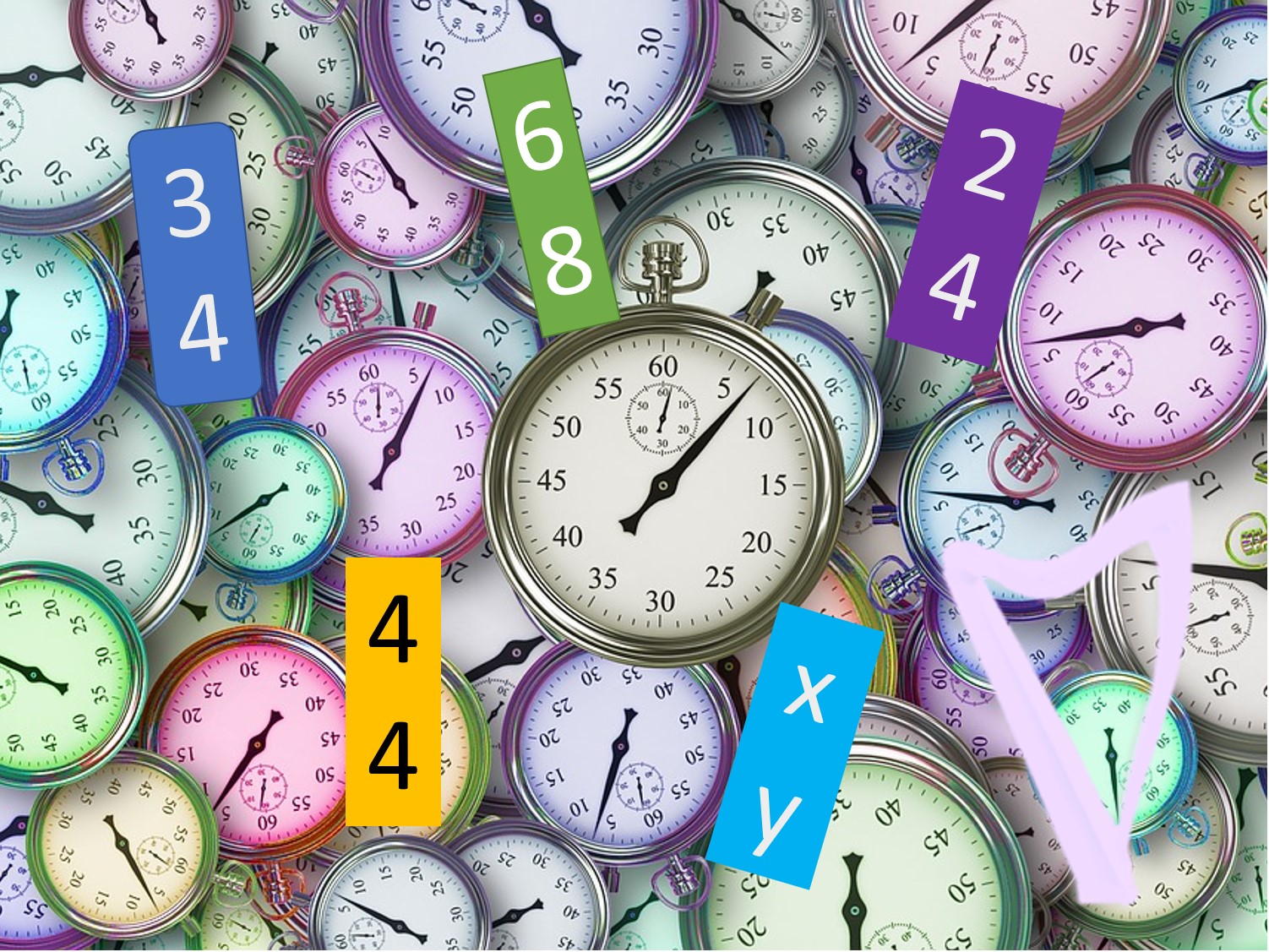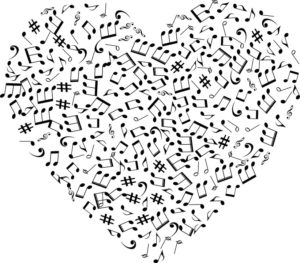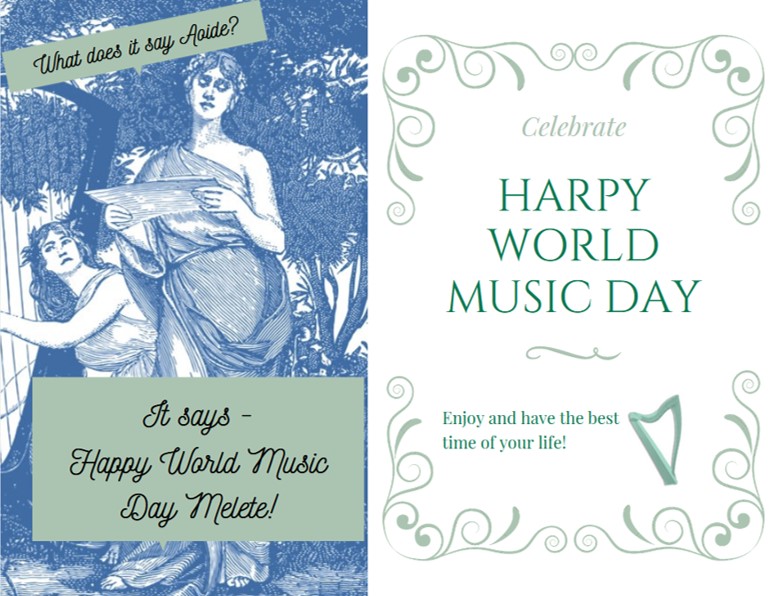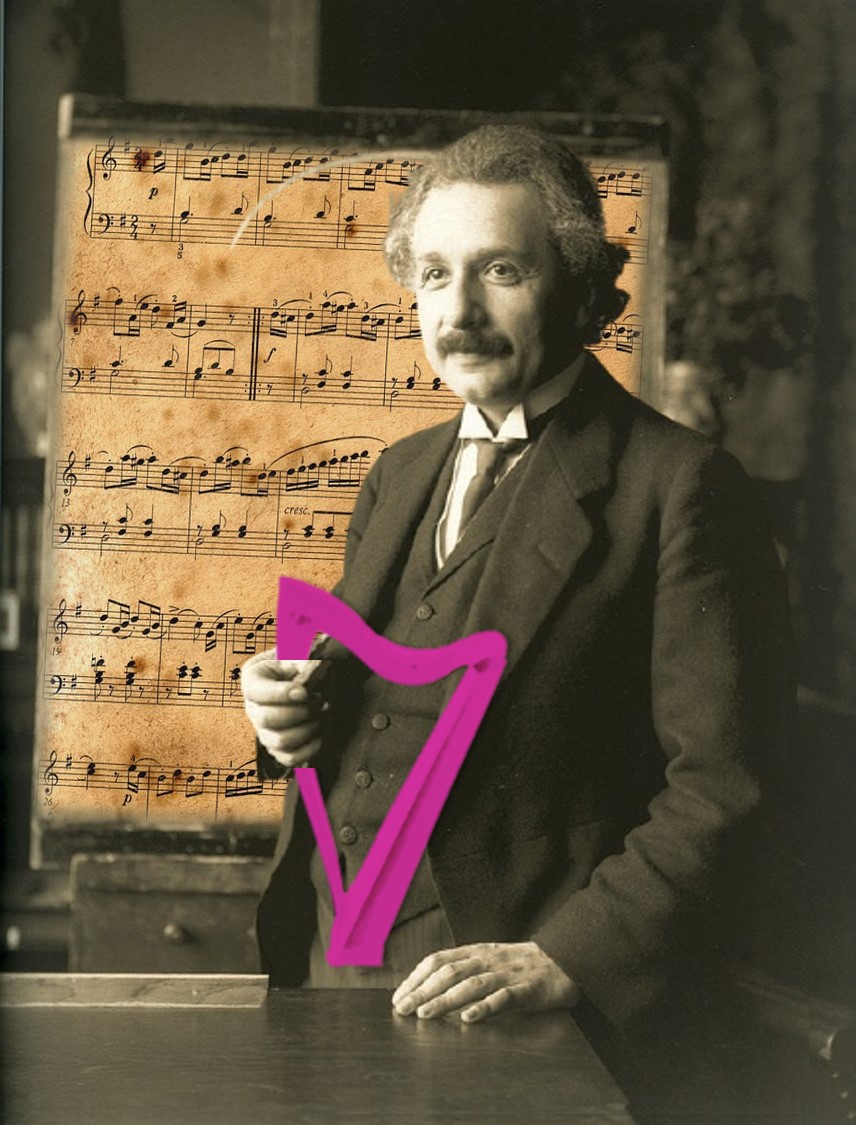OSAS is this week so I’ll be looking forward to your comments but might be a little slower to respond. Hope you join us, if not this summer, next year when we should all be together again!
Before you start reading, you might want to have a cup of tea (or coffee) to hand. We’re being serious this week.
Time – it seems so simple but the more you think about it, the more incongruous it seems to become. But as musicians, time is our bread and butter. So you’d think we would understand it. As I listen to people talk about it, though, I’m fairly sure we don’t.
What is she talking about this time? Time – or more appropriately, time signatures.
I think this topic can be challenging to talk about. Like so many elements of formal theory, when you read the dry text, it is quite complicated. And when it’s time to introduce the concepts to new students, well – there are a lot of concepts and frankly, I seem to make a mash of it every time. The top number, the bottom number, the relationship of the two. The big numbers, the small numbers. The math of all the notes.
It really can make you dizzy.
 And it’s clear that the topic is complex because I hear people say funny things…not that they mean to be funny. But sometimes, people come out with the musical equivalent of “I want to be a veterinarian because I love children!” *
And it’s clear that the topic is complex because I hear people say funny things…not that they mean to be funny. But sometimes, people come out with the musical equivalent of “I want to be a veterinarian because I love children!” *
Take, for instance the relationship between time signature and tempo. I shake my head when time and tempo become conflated. Because, honestly, one has absolutely nothing to do with the other.
The time signature is also called the meter signature. This is because it tells you how you’re measuring and what you’re looking for.
Let’s look at everyone’s favorite – 4/4. We know, practically by rote – we’re measuring in quarter notes and there are four in each measure. But does that tell us how fast? Nope. The tune could be a reel (fast) or a strathspey (a little slower). It could be Sam Smith’s I’m Not the One (a ballad at 80 bpm) or Scorpions’ Rock You Like a Hurricane (124 bpm) or Aretha Franklin’s Think (at 220!). All the same time signature but clearly really different tempos and tunes.
What about 6/8? Same thing – we have slow tunes in 6/8 like Skye Boat Song (at about 70 bpm) but we also have jigs in 6/8 (at 116 or so). And if you’re so inclined, Queen’s We Are the Champions (at 95 bpm) or Blondie’s Call Me (at 142 bpm).
So, the time signature tells you how you’re measuring (from the number on the bottom – 4 means we’re using quarter notes, 8 means eighth notes, 2 means half notes, etc.) and how many beats appear in each measure (the number on the top which can be just about anything, but there are some usual suspects like 2, 3, 4, 6, 9, 12, but others are possible).
So, the time signature really only tells you how to portion out the time, not how big or small the slices should be. Don’t fall into the trap of thinking that a 6/8 tune will be twice as fast as a tune in 3 / 4. They are different but not necessarily faster. Similarly, even though a tune in 2/4 might feel like a runaway train, it is not necessarily faster than a tune in 4/4.
With that sorted out, another time we can talk about how beats differ from pulses. And we can also save how to know how fast to play a particular piece. Do you sometimes get sucked into conflating meter and tempo? Let me know in the comments how time signature trips you up!
* Slight modification to the song lyric by Julie Brown www.juliebrown.com/




